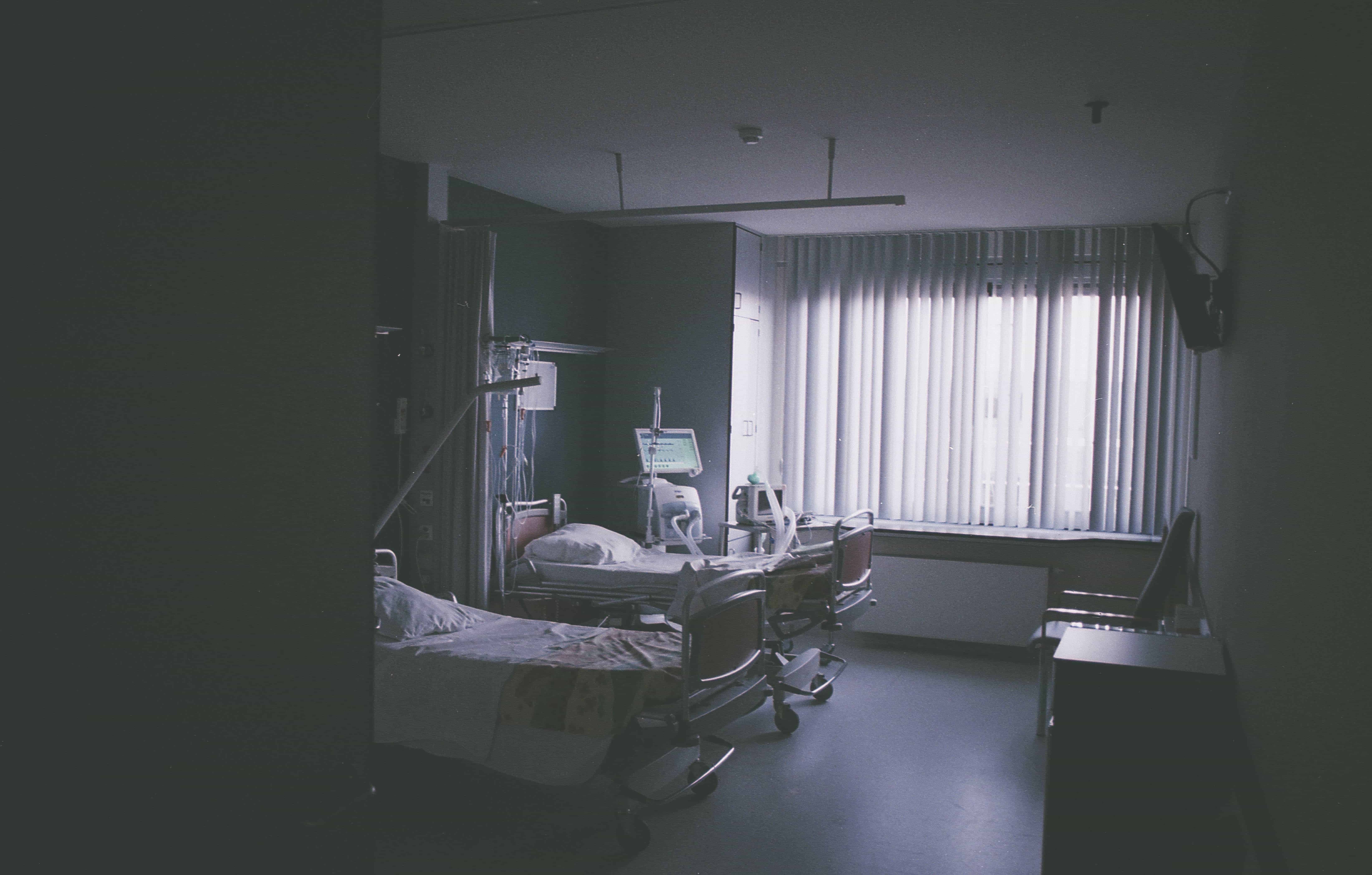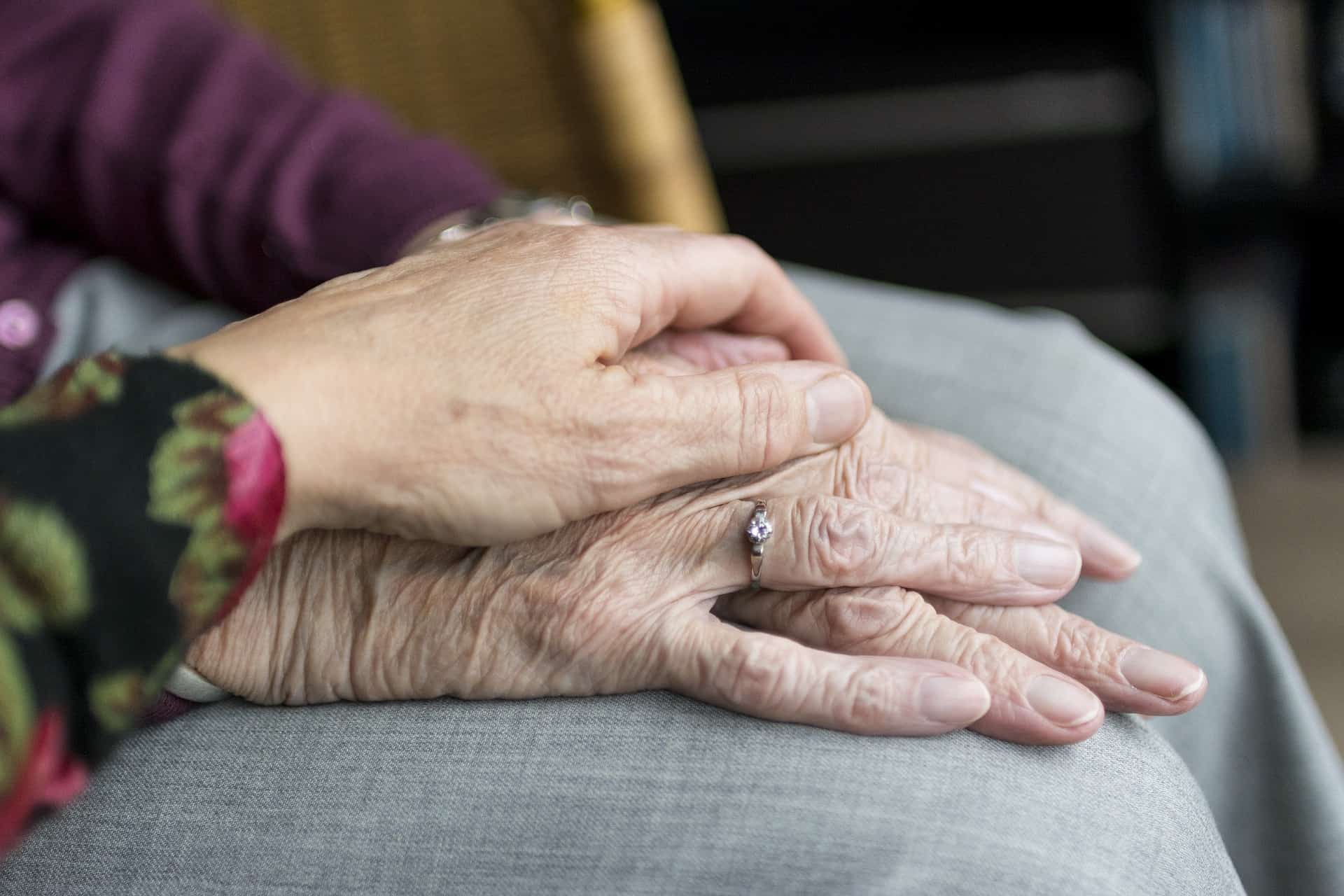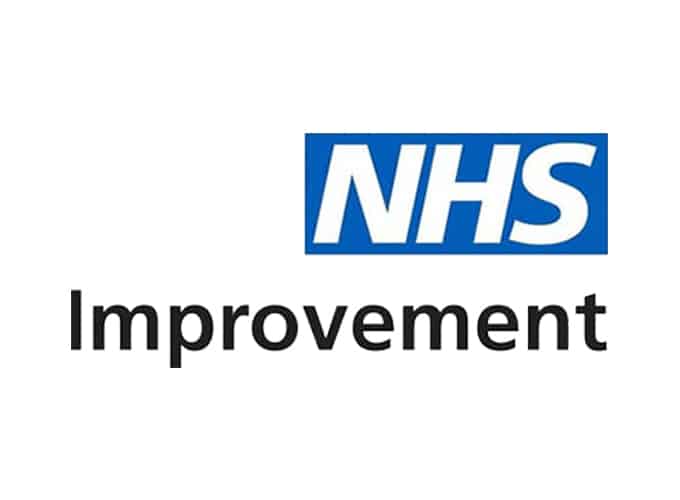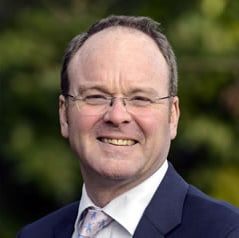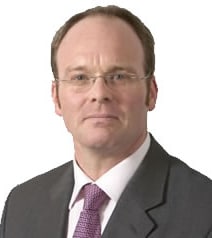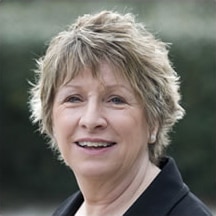By Gabrielle Silver
There is much discussion around so-called ‘super stranded patients’, however there is little acknowledgement that these patients can often be the result of insufficient communication between hospitals and families.
I was at a meeting at a large, well-performing trust recently and there was some discussion about an older man who had been in the hospital for over 120 days even though he had been well to leave many weeks earlier. The reason he was unable to leave was that he wanted to move into a care home which was compatible with his faith and that could also care for his specific mental health needs. There was only one care home nearby which met these criteria and unfortunately, there were no places available. As you can imagine, due to this care home’s unique provision, all their beds were taken and the wait for a place to become available was significant – hence why he had been in the hospital for over 120 days.
Being in hospital for this long is not good for anyone, particularly an older person. NHS Improvement has recorded that 35% of 70-year-old patients experience functional decline during hospital admission in comparison with their pre-illness baseline; for people over 90, this increases to 65%. The impact of an extended stay in hospital can’t be underestimated in terms of risk of further illness and physical or mental decline.
At CHS, we approach these complex situations differently. Every day we support hundreds of patients who have ongoing care needs at the point of discharge from hospital. Our priority is to help the patient leave hospital as soon as the MDT judge them to be ready and to go to a care setting which can best suit their needs, with a plan mapped out that may have a number of different stages. When a patient has very specific requirements, such as the one mentioned above, we would focus on honest and frequent communication with the family. We would confirm our understanding of their requirement for a specific home and commit to moving the patient when a place was available. We would, however, start to discuss and accompany them to see next best alternatives. We would explain what’s not right for him is a lengthy hospital stay where the basics of his faith cannot be attended to and his physical and emotional wellbeing are at risk of deterioration.
One of our strengths as an organisation is that we know local care homes, and this helps us understand where people will fit both clinically and culturally. In this specific case, it would likely be an interim solution whereby he moved to a local home which could provide appropriate care for his mental health and where a significant portion of residents are from his faith, and therefore the staff can cater to his pastoral needs.
Nurses and doctors are fantastic at dealing with patients and families, but they are also very busy people who are rightly focussed on the clinical needs of people in their care. We have dedicated teams who focus solely on family liaison and on understanding all the important elements of life pre-admission. We recognise these super stranded patients can be very challenging to manage but we know that it is only through multidisciplinary working, with the patient and family at the centre, that improvements can be made.
